Culture
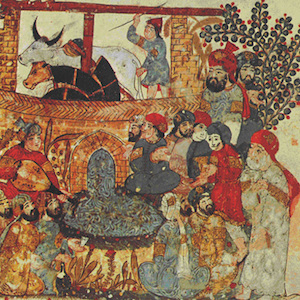
Maqamat al-Hariri, Garden Scene by al-Wasiti
The image by 13th–century illustrator al-Wasiti (fl. 1237) is from the Maqamat (Assemblies), a collection of stories of a picaresque hero.
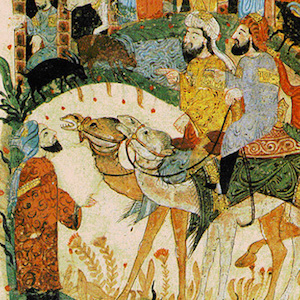
Maqamat al-Hariri, Rural Scenes by al-Wasiti
The image by 13th–century illustrator al-Wasiti is from the Maqamat (Assemblies), a collection of stories of a picaresque hero. The author, al-Hariri (1054-1122 CE), is an important figure in Arabic literary history.
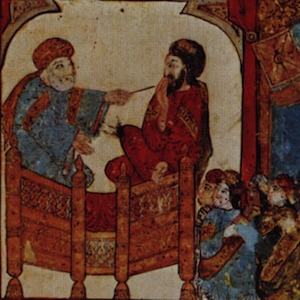
Maqamat al-Hariri, Kuttab School
In this painting of a kuttab, or primary school, boys sit on a mat or carpet huddled close together with their writing boards. Boys, and sometimes girls, learned to recite the Qur'an at an early age, as well as the basics of reading, writing, and arithmetic in schools called kuttabs.
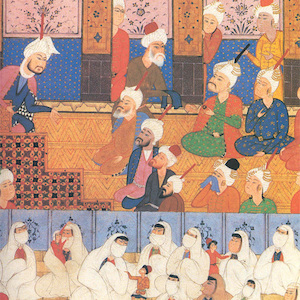
Majalis al-‘ushshak: Gathering in a Mosque
This image from a 16th-century Persian manuscript illustrates the visit of a renowned teacher to a mosque. Such visits were much anticipated, and this image demonstrates the wide range of people who attended. Seating arrangements illustrate the social organization for the event.

Animal Baking Mold
This hollow cast iron container is a baking mold used for shaping bread or cake for children, according to archaeologists. It was excavated with a similar elephant mold.
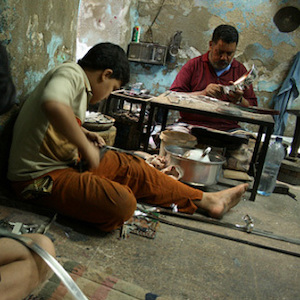
Child in Ramdan Lantern Family Workshop
In the weeks and months before the start of Ramadan, the ninth lunar month when Muslims fast, traditional workshops like the one on Ahmad Maher Street in the medieval quarter of Cairo, turn recycled tin cans into glittering lanterns.
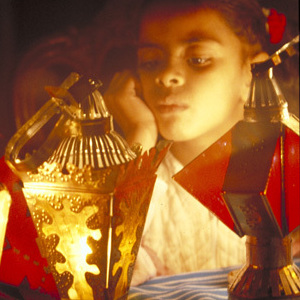
Egyptian Ramadan Lanterns
The photograph at the top shows two children gazing into the soft light of a fanoos [fan-NOOS], or traditional Ramadan lantern. In the photograph below, Ramadan lanterns are hung outside a shop in a section of medieval Cairo.
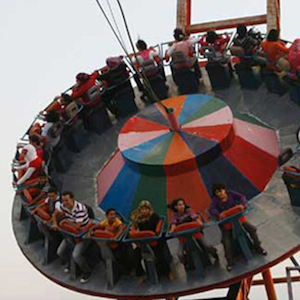
Eid Holiday Amusements
On the two major celebrations of the Islamic lunar calendar—Eid al-Fitr and Eid al-Adha—public festivities in cities and towns across Muslim regions of Asia, Africa, and elsewhere include rides of various kinds.
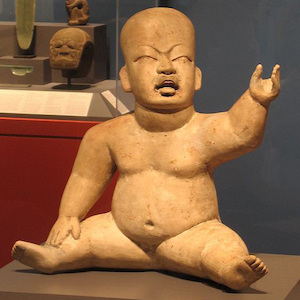
Olmec Ceramic Baby Figurine
This baby figurine of a pudgy toddler is one of many similar examples of ceramic sculptures of infants belonging to an ancient Mesoamerican ceramic tradition that flourished during the first millennium B.C.E.
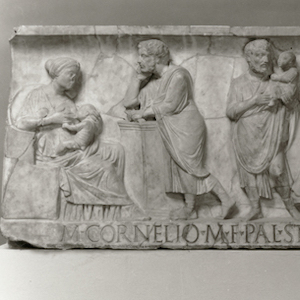
M. Cornelius Statius
Death is part of every society, but the rituals and objects surrounding death have varied across centuries and continents.